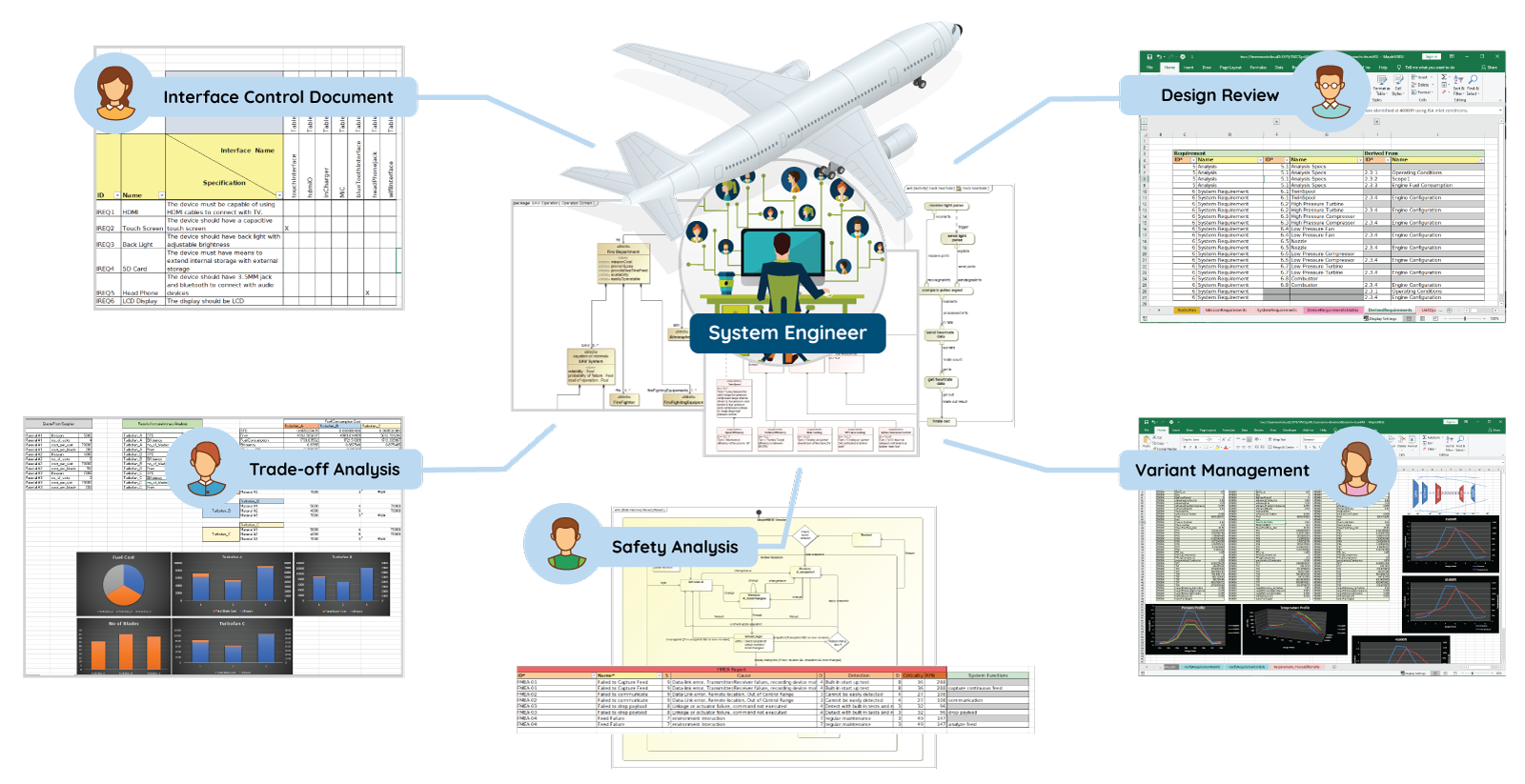Highlights:
- See how to overcome the most common challenges when implementing a model-based systems engineering approach at your company
- Learn how to get the key decision makers and leaders on board with model-based systems engineering
- Understand what it takes to get other key enablers to feed into the process for effective system models
Complexity is increasing across today's development processes. Systems engineering can help mitigate these risks. Model-based systems engineering (MBSE) is a key methodology.
An MBSE approach to development allows engineers to define, manage, and track a single, unambiguous source of the truth for a system. This definition aligns development participants, because all stakeholders access and participate in the process. Providing a spreadsheet interface connected to the MBSE model allows non-expert people across the company to get involved early, and stay involved throughout the development process.
But getting the most out of systems engineering requires more than installing software. It requires process changes, new roles and responsibilities, and getting everyone in the company on the same page. This is often a challenging time, as knowledge workers must adopt new skills and working practices.
This publication offers guidance on how best to approach systems engineering and implement an MBSE approach, allowing companies to realize its value-added benefits faster.



